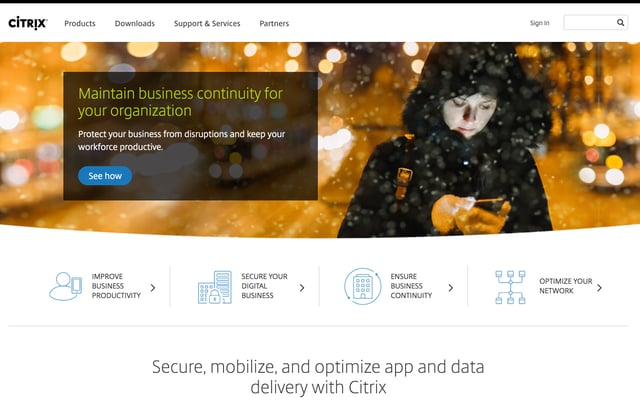Quick answer: They’re exact opposites.
If your marketing strategy mainly consists of casting a wide net, hoping that one out of a hundred fish (aka leads) you catch will be exactly the fish you want to do business with, then maybe it’s time to rethink the way you do things.
While inbound marketing has worked for the longest time, more and more B2B firms are considering account-based marketing (ABM). ABM takes an approach that is more personalised, dedicated, and account-specific, rather than generic and dependent on mass-appeal.
To further discover how ABM can help your marketing efforts, it's necessary to understand the difference between inbound and account-based marketing.
Firstly, what is account-based marketing?
In this blog post, we’ve narrowed the most common definitions down to these three essential elements:
- As to its scope: Unlike inbound marketing, which has a wider target audience, ABM is focused on fewer potential clients.
- As to its object: It's aimed towards clearly defined, specific accounts, rather than a largely unknown audience.
- As to the nature of its campaigns: Rather than using content that attracted anyone and everyone, content in ABM is personalised and relevant to its target audience.
Because of its “laser-focused” approach, you can do away with exhausting your resources towards generating leads that may or may not actually convert.
Here's an example of how a targeted campaign helped accelerate marketing efforts and maximise the use of resources:
When Citrix wanted to increase engagement and decrease bounce rates, they decided to overhaul their website with industry-specific content. Forget about generic sales copy—instead they carefully created content that appealed to their targeted companies in healthcare, education, and finance. The result of this ABM execution: 7 percent drop in bounce rates and 30 percent more clicks on their homepage banners. They also saw an increase in average session duration by 4 percent, which meant visitors spent more time on their site.

Inbound vs ABM
The diagram below illustrates the main difference between inbound and ABM: It’s about how it’s done.

In traditional inbound marketing, your campaign usually starts with getting people to go to your site through “content farms,” with the hopes of getting them to sign up for your content offer. Once you have them on your list, you nurture these leads until they eventually convert into that much-coveted sale or subscription.
Read: Beginner's Guide to B2B Inbound Marketing in Singapore
ABM, on the other hand, involves a different process. The diagram above shows three steps:
- Identify target companies. To do so, you need to know account mapping—get the details here. Your ABM success is largely dependent on this step.
- Engage them with personalised campaigns. How do you do this? By thoroughly understanding their pain points and frustrations. Use what you know to beef up your marketing and content strategy.
- Build lasting relationships with them. When reaching out to companies through their key decision makers and influencers, build a relationship with them—but don't get overbearing and annoying. Avoid sending mass emails to multiple people in the same company. Instead, personalise your messages based on how your business can help make each of their jobs easier and more profitable.
When deciding whether to use inbound or ABM, you should also consider scalability. If your market covers less than a hundred companies, it's possible to create a personalised marketing plan for each account. Anything more than this and it'll be harder to scale.
Ready to get started with Account Based Marketing?
Inbound vs ABM: When to use them

Don't get us wrong—inbound marketing still reaps big wins. The methodology is tried and tested. Getting ABM in the picture doesn’t mean that you have to get rid of inbound marketing entirely. You can use each approach on a case-to-case basis, or even as two phases of your sales life cycle. When targeting SMEs, an inbound campaign would be more cost-efficient. Big-ticket clients such as Fortune 500 companies, however, will require ABM’s more focused approach. Business relationships you’ve started through inbound marketing can also be further engaged with an ABM approach.
Ready to start with Account Based Marketing? Download our free ABM Guide: How To Identify And Reach Decision Makers In The B2B Space. To be the first to receive it, click on this link below:
Image sources and credits:
Cover photo from Depositphotos